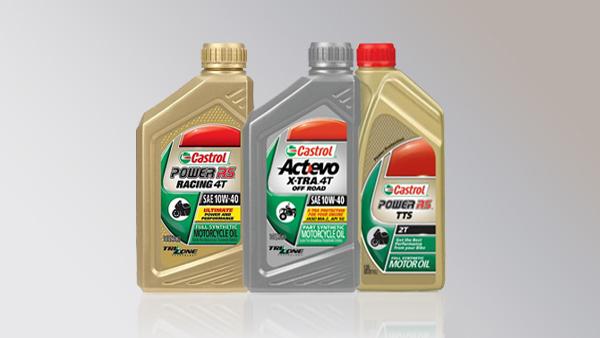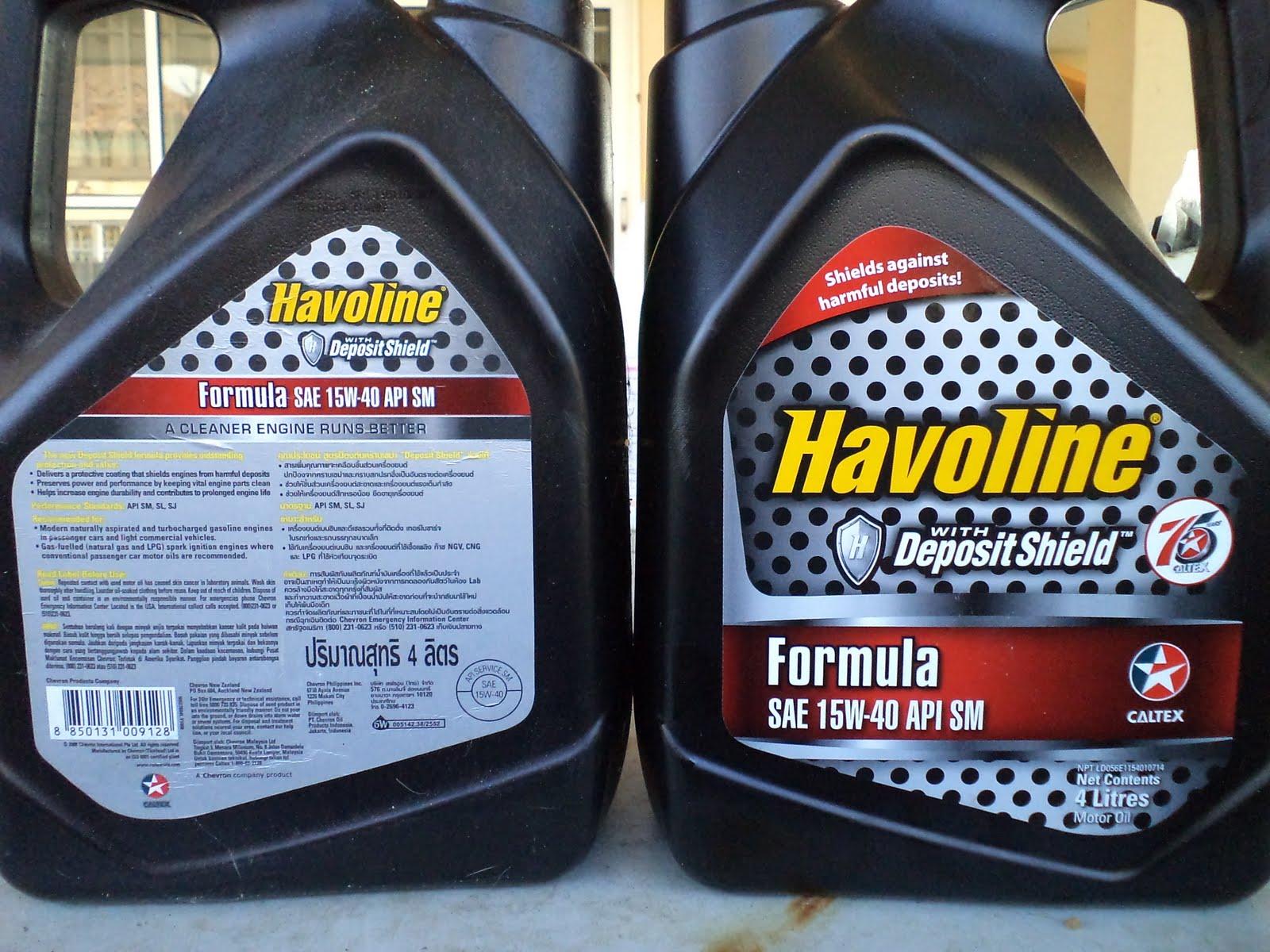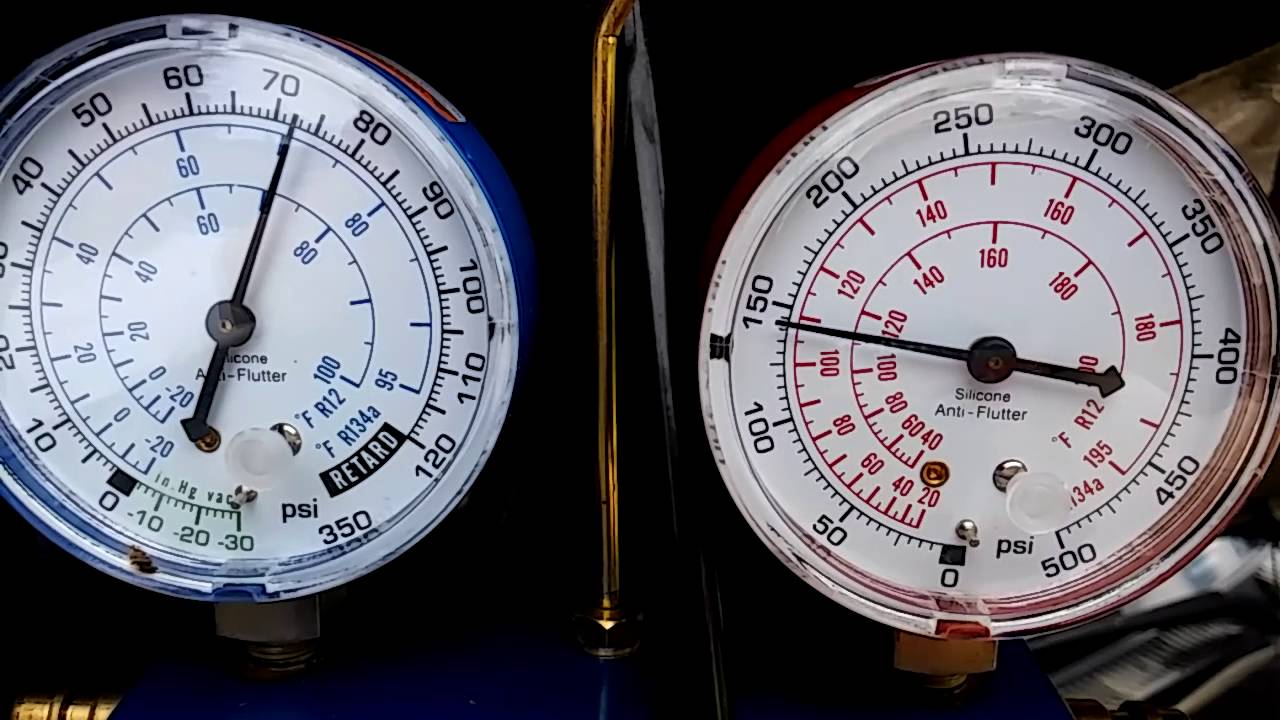How to Identify and Choose the Right Automotive Lubricant
The automotive lubricant is the lifeblood of a motor car. Without it keeping the moving parts cool and lubricated, the engine would not last for a minute. In fact, it’s so important that using the wrong type can significantly affect the car’s performance. If you want to keep your automobile running at the optimum functionality, you have to identify and choose the right lubricating oil for car.
What Factors to Consider When Choosing Automotive Lubricant?
Picking up the correct lubricating oil for car is not that much complicated if you know what to look for.
Understand the Labels
There are various international standards such as API, ACEA, JASO, ILSAC, etc. that regulate the quality of motor oils. For example, if your chosen type meets the API or American Petroleum Institute standards, the container will feature some signs to indicate whether it meets the latest tests for the engine, high temperature, energy conserving, SL service rating, and other factors.

To determine the right label for a specific car model, check the maintenance manual. It carries information about the manufacturer-recommended oil. The data should match the information imprinted on the back of the automotive lubricant container.
Check the Viscosity
It indicates the thickness of the oil and measures the resistance of the flow that should match the requirements of your vehicles. You have to look at the owner’s manual to find the required viscosity. It is listed in two grades – cold and hot grades.
SEE MORE:
>> The IDEAL Synthetic Oil for Old Vehicles
>> Follow These 4 Steps to Change Car Oil Yourself
For example, if the viscosity is 10W-30, the first and second part respectively refer to the resistance of the oil in cold and hot temperatures (0°F and 252°F, respectively). The bigger the last digits, the more resistant the automotive lubricant will be to the thinning, which is useful to some extent as thicker oil seals better. On the other hand, the first part is indicative of resistance to thickening in cold temperature. Remember that the oil should not be too thick in winter because it will make it harder for the engine to get started.

What Type of Oil to Use?
It primarily depends on your vehicle’s make and model and the recommendations in the owner’s manual. However, it’s the general rule of thumb to use synthetic oil for new cars and conventional fuel for older models.
In addition, you will see lubricants labeled for specific vehicles or purposes such as higher mileage, high-tech engines, off-road vehicles, new models, and more. You can buy these products should they match to the viscosity and other requirements of your automobile.
Conclusion
Using the correct automotive lubricant is likely to improve the performance, fuel economy, and longevity of your car. A high-quality fuel rated for the particular needs of your vehicle will prevent filter clogging, offer good seal, cause less friction among the engine parts, and many more facilities.














